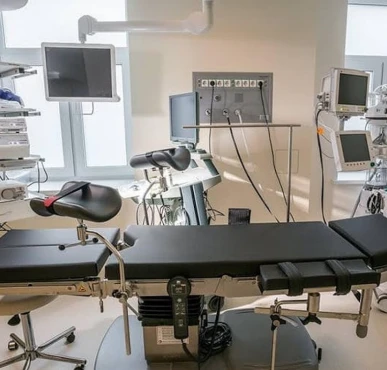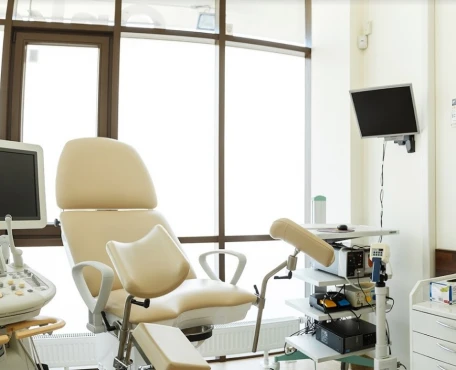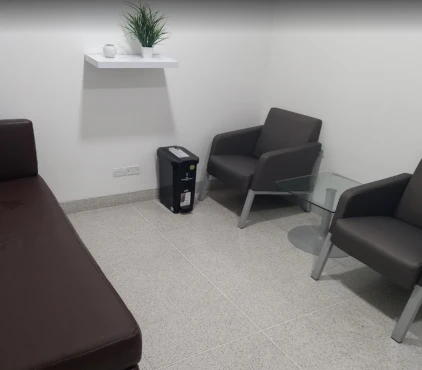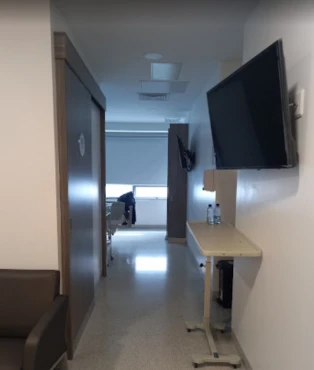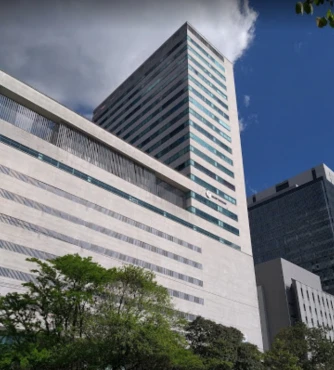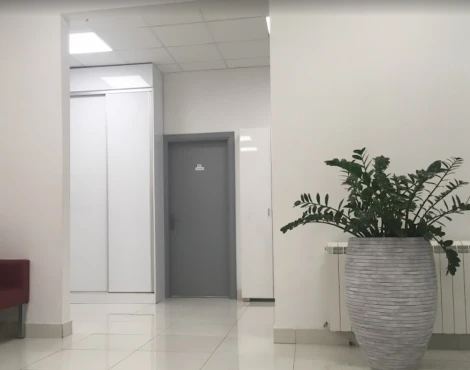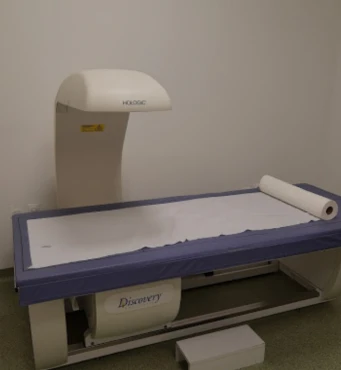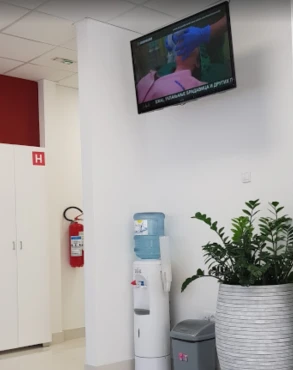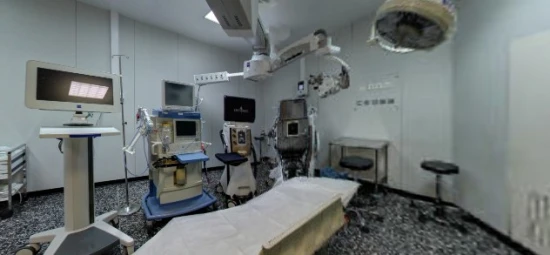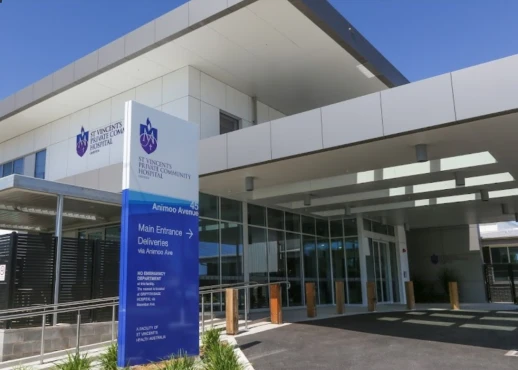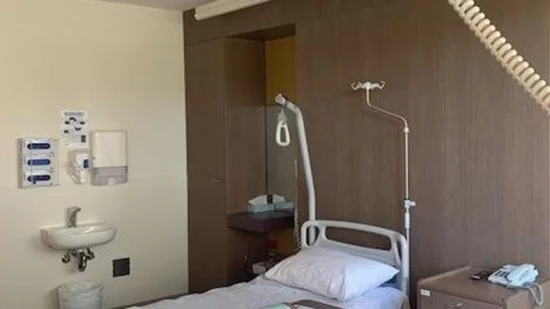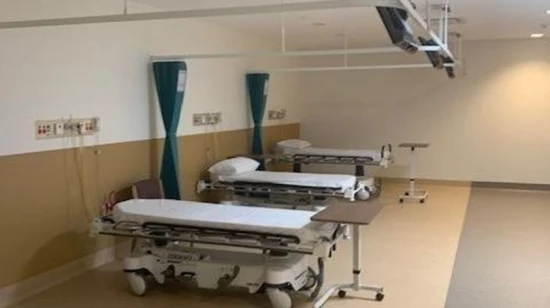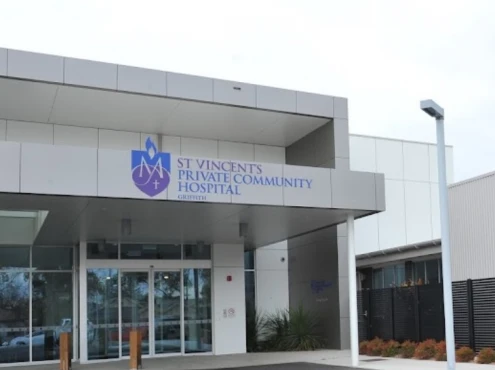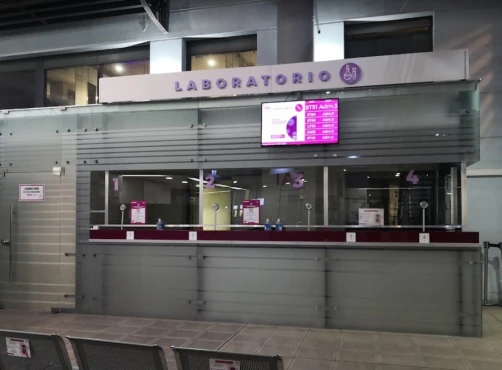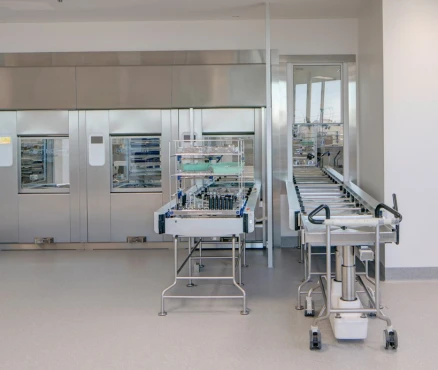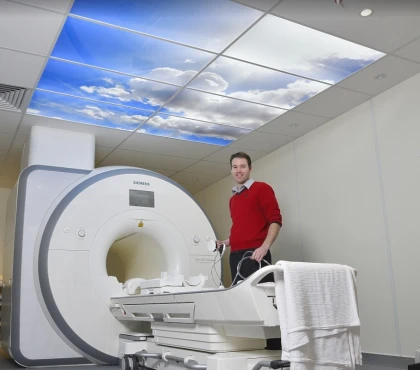What Is Trachelectomy? What You Need to Know Before Choosing a Provider Clinic.
Cervical cancer affects more than half a million women worldwide every year. Are you also suffering from cervical cancer and want to get rid of it without affecting fertility? Trachelectomy in clinics is the best option for you. Knowing the treatment plan, risks, and advantages of surgical procedures is important. This article will cover information you need to know before going for a trachelectomy in clinics.
What is Trachelectomy?
Trachelectomy in clinics is a surgical intervention to treat cervical cancers in the early stage. It refers to the removal of the cervix and surrounding tissues while leaving the uterus intact. This procedure requires expert-level skills and thorough knowledge of the procedure. So, it is important to prefer clinics which provide comprehensive care.
Cervical cancer is the second most common malignancy in women of adult age. The most cause of cervical cancer is sexual contact with the person having Human Papilloma Virus. There are risks and rewards to weigh, just like with any procedure. Before trachelectomy, discussing all outcomes with your healthcare provider is essential. They can help determine whether the trachelectomy procedure is correct for you and your health.
Like any other surgical intervention, trachelectomy in clinics also has some advantages and risks. It is essential to discuss possible outcomes with your healthcare provider before going for the procedure. Follow the guidelines of the healthcare provider for the best possible outcome.
Trachelectomy in clinics is also called fertility-sparing surgery because the uterus is not removed. This allows women to conceive even after the surgery. Trachelectomy is recommended for women below 40s with early-stage cervical cancer (stage I or II-a). This radical procedure allows women to retain their chances of having children. Because it keeps their uterus intact. This benefit is highly advantageous for many women.
Trachelectomy in clinics is a complex procedure which requires exceptionally top-notch skills. Multidisciplinary collaboration between healthcare providers and surgeons is beneficial. It is best for women below 40s and facing early-stage cervical cancer.
Purpose of Trachelectomy
Trachelectomy in clinics is a surgical intervention to correct the cancerous part of the reproductive tract. Ovariohysterectomy is a dangerous procedure that removes the woman's uterus and ovaries. To avoid that, a new surgical procedure was invented. Only the cervix (the initial part of the reductive tract) is removed, leaving the uterus and ovaries intact.
There are several indications of trachelectomy, including:
- Early-stage cervical cancer;
- Pelvic pain or discomfort;
- Abnormal uterine bleeding;
- Precancerous cells in the cervix;
- Infertility issues.
A trachelectomy is a favourable option for adult women who want to conceive babies in the future. It is hard to lose fertility at an early age, making trachelectomy a suitable option. However, discussing the condition with healthcare specialists for timely and effective procedures is essential.
Potential risks associated with Trachelectomy
Clinic trachelectomy poses risks and possible side effects like any other surgical procedure. Getting a thorough check from a healthcare professional and discussing it is essential. The trachelectomy procedure is safe if handled with skills. But the following risks may hinder the successful recovery from the procedure.
Anesthesia risks:
Trachelectomy in clinics requires the administration of general anesthesia. It can be through an IV catheter or inhalation, which can be a risk. A professional anesthesiologist controls the dosage and administration. However, it can still lead to respiratory and nervous system issues.
Infection:
If the sterility of the surgical procedure is compromised, an infection may occur. Any infection acquired during the surgical procedure may lead to complications in the long run.
Bleeding:
Different arteries and veins are present in the surrounding tissue during the surgical procedure. These are to be ligated to prevent bleeding. However, minor bleeding is normal, which occurs during the incision on the targeted site.
Premature delivery:
The cervix is the primary organ which closes when a woman is pregnant and prevents premature delivery. However, if the cervix is removed during trachelectomy, it may cause premature births. This is because no closed cervix prevents the babies from delivering before time.
Infertility:
The trachelectomy procedure is to preserve and maintain the fertility of the women. But this is not always successful. There are some cases in which infertility may arise due to anatomical changes.
Trachelectomy in clinics is a complex procedure that may pose different bodily threats. It is important to go through a complete examination. Moreover, discuss the procedure with a professional and expert surgeon. Choose a professional clinic to minimize the risks and increase the chances of a successful procedure.
How do you prepare for the Trachelectomy?
You should keep certain things in mind and prepare before the surgery. First of all, get a proper diagnosis through medical tests. To prepare for trachelectomy, you should take the following steps:
Preoperative instructions:
There is a protocol followed before the surgery termed preoperative care. This may include shower, trimming hair from the area, food restrictions, and bowel preparation. Make sure you follow the instructions given by the surgeon.
Medical evaluation:
A comprehensive clinical exam is a prerequisite before the surgical procedure. This may include blood tests, imaging studies, and a full physical examination. This ensures you are not suffering from any other underlying medical condition.
Medications:
Making the physician and surgeon aware of your previous medication history is important. Inform the surgeon about all the medication, either prescription or over-the-counter medicines. It is because stopping medications before surgery is important for the surgical procedure.
Mental preparation:
Trachelectomy surgery is complex; some patients may feel anxious or afraid. It is important to make sure you are mental prepare for the procedure. If you are facing anxiety or fear, consult a professional before surgery and get support.
Recovery pathway:
Post-operative care may take a few weeks. So, if you plan to go for surgery, take some days off from work or school. Because you have to stay in the hospital. Similarly, manage and reschedule your tasks accordingly or manage them through calls.
Preparing for trachelectomy in clinics may include some steps. These may include medical evaluation, transportation, planning, and other tests. Follow the instructions and guidelines of the surgeon.
What can you Expect?
If you are ready for the trachelectomy procedure, you should know what will happen to you. There are two methods through which surgical intervention can be performed; the vagina and the abdomen. The surgeon can select the incision site (either vaginal or abdominal. This depends upon the tissue involved and the place of tumorous growth.
After trachelectomy, the cancerous and suspicious part of the cervix will be removed. The surgeon will leave the healthy part intact. A tight stitch will be inserted in the cervix, leaving a small passage for the blood flow. The tight stitch also controls the passage. Moreover, it prevents the occurrence of premature births and miscarriages in the future.
Procedure during Trachelectomy
During the surgical procedure of trachelectomy, you will be under general anesthesia. This means you will not know anything or feel any pain.
- The surgeon will give an incision in the abdomen or the vagina. This depends on the targeted tumour's location.
- The surgeon will excise the upper part of the cervix and vagina, which has cancerous growth. Then, a new passage is given to the cervix for normal functioning of the cervix.
- The new cervix will act similarly to the excised one. Normal menstruation and pregnancy can be achieved through this cervix.
- The duration of the trachelectomy depends on the type of trachelectomy and the severity of the condition. On average, it may take around 30 to 60 minutes.
What to do after Trachelectomy?
After your trachelectomy in clinics, you should stay in the hospital for a few days. This will help you to recover very fast. You will experience some pain and discomfort over this time. Still, your doctors will provide medicine to help manage any uneasiness.
Once the trachelectomy in clinics is performed, you are advised to stay admitted to the hospital for a few days away from the family. You might experience mind pain and discomfort in the initial days, which goes away with time. Some antibiotics and painkillers are prescribed for a week or more.
- It is advised not to have intercourse for a few weeks after the procedure. Let the wound heal, and the tissue be healthy before you be intimate with your partner.
- Do not go for heavy weight lifting, exercise, or difficult activities. It may re-open the wound and may cause problems.
- Visit your physician regularly for a few weeks to ensure normal wound healing. Moreover, go for random physical examination checks on appointments. This ensures that the cancer has not returned and has no impact on lymph nodes.
- Consult the doctor if you plan to conceive a few months after the trachelectomy surgery.
A well-managed proper post-operative care, following SOPs, and sticking to the treatments can make trachelectomy in clinic surgery successful.
Choosing a provider clinic for Trachelectomy
Choosing a better clinic is crucial to ensure the surgical procedure is safe and effective. Look for a healthcare professional with plenty of experience and expertise. If you are searching for a provider clinic online for trachelectomy, keep the following points in mind:
- Expertise and experience of staff
Ensure your chosen clinic has a professional staff with adequate expertise and experience. Never go for a newly built clinic in the area. Inquire about the team's credentials and the number of trachelectomies the surgeon performs. - Success rates
Experience is one of many things to look for. Talk about the success rate and results of the usual surgical procedures performed at the clinic. Also, ask about SOPs and the measures taken to avoid complications. - Support and care
Choose a clinic which provides comprehensive care before, during, and after the surgical procedures. A clinic should assign caregivers or nurses for personalized care. - Cost on procedure
Trachelectomy is an expensive procedure which might be difficult to manage financially. Choose a clinic which is offering the best services at an affordable price. Inquire about the expenses and confirm how much expenses can be covered through insurance.
Remember the points mentioned above if you are looking for a provider clinic for the trachelectomy. A better clinic helps you recover fast from the trachelectomy procedure. Take your time, do your homework, and ultimately select a clinic that feels like home.
Final verdict
Choosing a professional provider clinic is necessary for a successful trachelectomy procedure. To maintain fertility and experience the minimum complication, you must conduct thorough research on clinics providing the desired services. You have a complete right to choose the best clinic; don't hesitate to ask questions about SOPs. Consider factors like where is the location, cost, resources, and insurance programs before selecting a clinic.
